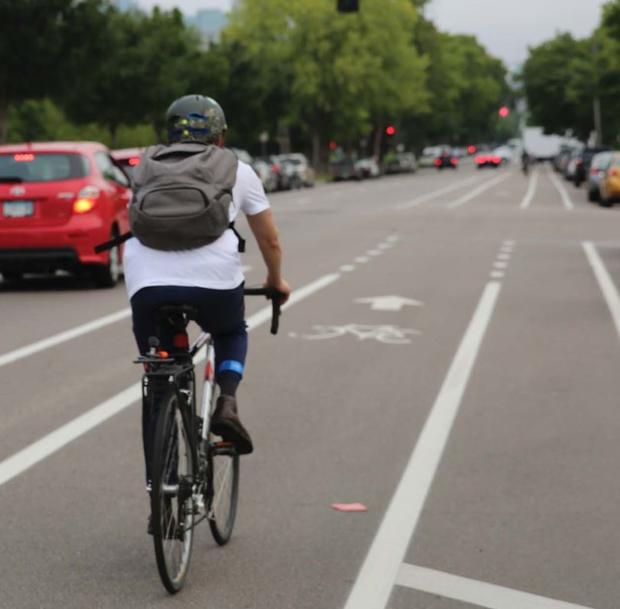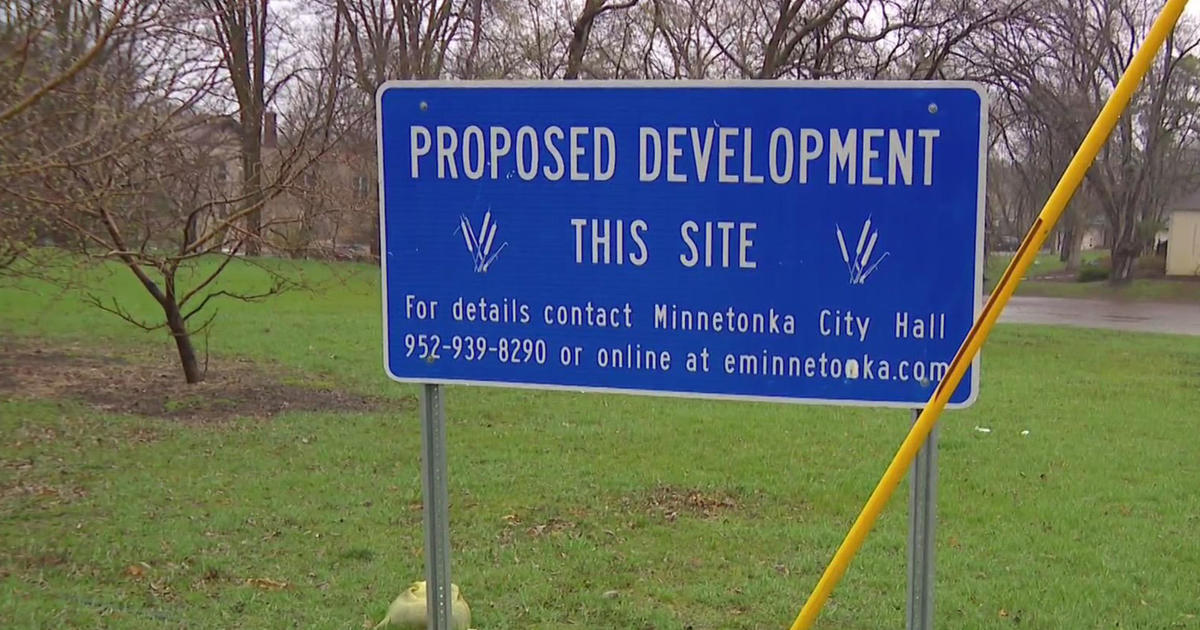Guy On A Bike: The Future of Cycling in Hennepin County
Hennepin County has recently released the draft of its 2040 Bicycle Transportation Plan and the county seeks your input before finalizing it.
There plans includes some very interesting, and lofty, goals.
Nearly doubling the mileage of the county bikeway system
Currently there are 651 total miles of bikeways within Hennepin County and the Three Rivers Park District. Bikeways include on-street bike lanes, multi-use trails, protected bike lanes and cycle tracks.
The 2040 plan calls for 536 additional miles, with an average of 20 new miles built per year. With costs of bikeways ranging from $10,000 per mile for a bicycle boulevard to more than $700,000 per mile for a complex multi-use trail, this vision represents a significant investment into the cycling infrastructure of the state's most populous county. Funding would come from a variety of sources, including county, state and federal programs.
Some of the most significant proposed bikeways include the Bottineau Transitway Trail, which would stretch more than 20 miles from Golden Valley Road to the Crow River. The plan would also add bike lanes to portions of Franklin Ave, Penn Ave North and County Road 101, along with other busy roads that currently lack a dedicated area for cyclists.
The draft also identifies bikeway gaps it hopes to close by adding bicycle friendly routes between corridors popular among cyclists. These proposals include linking the Luce Line Trail to the Dakota Rail Regional Trail and creating bicycle access to MSP Airport via Fort Snelling. By adding the proposed mileage, the plan aims to place a bikeway within 1/2 mile of 90 percent of homes within the county.
Quadruple the number of bicycle commuters from the current figures
According to recent estimates, Hennepin County has approximately 12,000 bicycle commuters. The county's vision aims to quadruple that number to 48,000. A survey conducted for the plan found that 53 percent of cyclists are considered "interested but concerned." These are casual cyclists who prefer protected bikeways. The study found that this group may be the most easily convinced to becoming more active riders.
Negative experiences and an incomplete bicycle system can discourage members of this group from getting back in the saddle for weeks. However, the study also indicated that more education about safe cycling and maintenance, combined with a more complete bikeway system, could move a significant number of this group into the "enthusiastic and confident" group.
The county's vision also includes bringing the ratio of female bicycle commuters to 50 percent. Hennepin County's Bicycle and Pedestrian Coordinator Kelley Yemen told me that one of biggest challenges of implementing this portion of the plan is helping female cyclists understand how they can incorporate cycling into their everyday lives. Beyond working, women are often tasked with a number of other important duties, including picking up the kids from daycare and grocery shopping.
With nearly half of the proposed new mileage consisting of bikeways separate from the road, the county hopes to get more women feeling comfortable about riding, including with children. Additionally, it hopes that education and outreach efforts on everything from safe cycling practices to basic repair will get more people, with a focus on women, out of cars and onto bicycle.
Maintain 50 percent ridership during winter months
Currently, there are a significantly higher number of bicycle commuters in the summer months than in the dead of winter. And while our brutal winters ensure that those figures will never be equal, this plan sets a goal of maintaining a 50 percent ridership (of peak levels) during winter months. The previously mentioned survey found that keeping bikeways clear and safe in winter was a top priority for respondents, and one of the biggest challenges to increased winter commuting numbers.
As it stands, keeping pathways cleared is the responsibility of the local municipality or park district in which those paths lie. As such, there is no uniform policy on clearing bikeways in the winter. Moreover, clearing all 1,187 proposed miles after every snowstorm would be very costly. In the coming years the county hopes to identify ways keep a network of roads clear for bicycle commuters year-round. This may include designating key routes for frequent and consistent snow removal.
Create a Downtown Minneapolis bicycle transportation center
The Minneapolis Downtown Council estimates that 160,000 people work in the city's center, yet there are no facilities for bicycle commuters. Without a place to shower, change clothes and securely store a bicycle, many potential commuters opt for other transportation alternatives. (Thankfully, the bicycle commuters at WCCO-TV are afforded all of the aforementioned amenities.) This plan calls for the county to work with its partners to create a downtown Minneapolis bicycle transportation center.
I imagine it would look something like Chicago's McDonald's Cycle Center, complete with secure storage, shower and towel service, bike sharing and repair facilities. It is my firm belief that a facility such as this would bring a significant increase in bicycle commuting downtown.
Input Sought
All of the details of the plan are subject to change, and county officials seek the public's input prior to finalizing the proposal. Comments may be submitted to bikeplan@hennepin.us. A handful of open houses and other events about the plan will run through mid-November. The public comment period runs through Dec. 5 and the county board will consider adopting a final plan early in 2015. Hard copies of the plan should be available at all Hennepin County Public Libraries and is also online.
-- Guy Still is an assignment editor for WCCO and a passionate advocate of biking.




